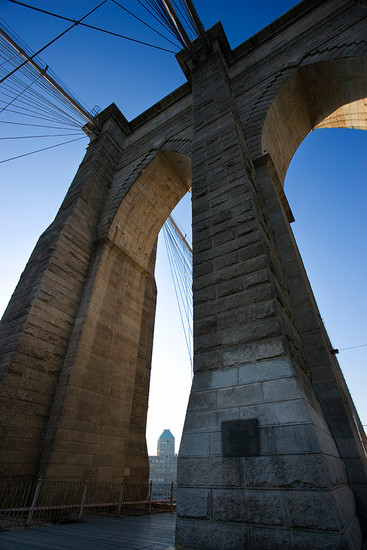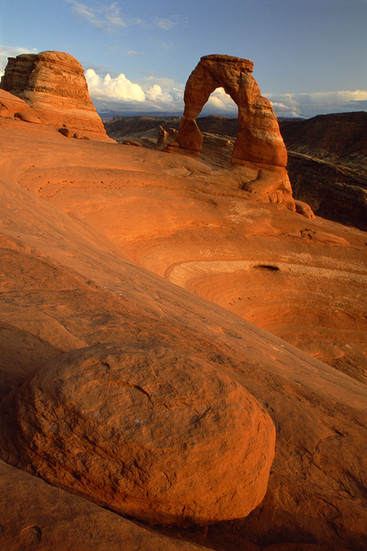Choosing the Right Lens in Photography for Every Situation
- Apr 25, 2024
- 4 min read
Updated: Nov 13, 2024
When you embark on a photography journey, understanding the types of lenses and their applications is crucial. Each lens, whether wide-angle, telephoto, prime, or zoom, serves a unique purpose and can dramatically affect the outcome of your photos. In this guide, we will explore the different types of lenses used in photography and their implications, helping you select the ideal lens for various shooting scenarios.
Photo by eiskalt on FreeImages.com
Understanding the Basics: What is a Lens in Photography?
Before diving into specific types, it is essential to understand what a lens does.
In photography, a lens is an optical element that captures light and focuses it onto your camera's sensor.
It determines the field of view, magnification, and image sharpness, playing a pivotal role in the composition and quality of your photographs.
Lens Type | Ideal Uses | Key Characteristics | Practical Scenarios |
Wide-Angle | Landscapes, cityscapes, architecture | Broad field of view, focal length ≤ 35mm | Landscapes with detailed foreground and background; large building exteriors and interiors |
Telephoto | Sports, wildlife photography | Long focal lengths (≥ 70mm), isolates subjects | Capturing distant animals or sports action without intrusion |
Prime | Portraits, street photography | Fixed focal lengths, wide apertures for low light | Portraits with blurred backgrounds (bokeh); vivid street scenes |
Zoom | Travel, event photography | Variable focal lengths, versatile | Switching from landscapes to detailed close-ups; adapting quickly at events |
Macro | Close-up details, nature, product photography | Extreme close-up capability, sharp detail focus | Photographing insects, flowers, or small product details |
Wide-Angle Lens: Capturing Expansive Landscapes
A wide-angle lens, typically with a focal length of 35mm or less, offers a broad field of view. Ideal for capturing landscapes, cityscapes, and architectural photography, this lens type allows you to encompass vast scenes in a single frame without moving away from the subject.
Practical Scenario:
Landscapes: Use a wide-angle lens to capture expansive landscapes, ensuring both the foreground and background are in focus.
Architecture: These lenses are ideal for photographing large buildings or interiors where space is limited.
Telephoto Lens: Bringing Distant Subjects Closer
Telephoto lenses in photography are known for their ability to zoom in on distant subjects, making them favorites among sports and wildlife photographers. With focal lengths typically starting at 70mm and extending beyond 200mm, telephoto lenses can isolate subjects from their backgrounds, sharply focusing on the subject against a beautifully blurred background.
Practical Scenario:
Wildlife: Capture detailed shots of animals without disturbing them.
Sports: Freeze fast-moving action from a distance, capturing clear shots of athletes.

Photo by datarec on FreeImages.com
What is a Prime Lens in Photography?
Prime lenses have fixed focal lengths, which means they do not allow zooming in or out. Renowned for their simplicity and exceptional image quality, prime lenses often offer wider apertures, which are ideal for low-light conditions and achieving a shallow depth of field.
Practical Scenario:
Portraits: Use a 50mm or 85mm prime lens to achieve sharp subjects with a creamy bokeh (background blur) effect.
Street Photography: A 35mm prime lens is excellent for capturing the essence of street scenes with more context.
Photo by nem_youth on FreeImages.com
Zoom Lens: Versatility in a Twist
Zoom lenses provide a range of focal lengths at your fingertips, making them highly versatile for photographers who need to adapt quickly to different subjects. From wide-angle to telephoto, a single zoom lens can cover the duties of several prime lenses.
Practical Scenario:
Travel Photography: Switch between capturing the grandeur of a landscape and the details of a local market without changing lenses.
Event Photography: Quickly adapt to varying distances and compositions at events like weddings or concerts.
Photos andersgroenlund by on FreeImages.com
Exploring Macro Lenses: The Detail Magnifiers
Lastly, what is a macro lens in photography? Macro lenses allow for extreme close-ups with sharp detail, ideal for photographing small subjects like insects, flowers, and detailed textures. These lenses can focus much closer than standard lenses can, revealing details that are often invisible to the naked eye.
Practical Scenario:
Nature Details: Capture intricate details of a leaf, insect, or droplets of water with stunning clarity.
Product Photography: Photograph small products with precise detail for catalogs or online stores.
Photo by jhonnyt on FreeImages.com
FAQs
What should I look for when buying a lens?
Consider factors like focal length, aperture size, image stabilization, build quality, and compatibility with your camera. Also, consider the type of photography you plan to do most often, as this will influence the best lens characteristics for your needs.
Do I need a different lens for video and photography?
While many lenses can be used for both video and photography, some features make certain lenses better suited for video. These features include smoother autofocus, optical image stabilization, and continuous aperture settings for consistent exposure during filming.
Is it worth investing in third-party lenses, or should I stick with camera brand lenses?
Third-party lenses can offer excellent quality and often at a lower price point than lenses from camera manufacturers. They can be a great option if they meet your needs in terms of image quality, build, and compatibility with your camera. However, be sure to read reviews and, if possible, test them before purchasing.
Are prime lenses better than zoom lenses?
Prime lenses typically offer superior sharpness and aperture options. However, zoom lenses provide more flexibility. Your choice should depend on your specific needs and shooting style.
Can I use a telephoto lens for portraits?
Absolutely! A telephoto lens can compress facial features and blur the background, which is often flattering for portraits.
What is the best lens for low-light photography?
For low-light situations, lenses with wide apertures (lower f-stop numbers, such as f/1.4, f/1.8 or f/2.8) are ideal. Prime lenses often offer these wide apertures, allowing more light to reach the sensor and enabling faster shutter speeds to avoid blur.
Photo by ugaldew on FreeImages.com
Choosing the appropriate lens for your photography can transform your images from good to great. Whether you’re a landscape lover, a portrait aficionado, or a macro enthusiast, understanding the type of lens in photography is fundamental. By selecting the appropriate lens for each situation, you’ll be able to enhance your photographic skills and broaden your creative horizons. Always consider what you intend to capture and the environment you’ll be working in when selecting your lens.
This beginner's guide to lenses in photography aims to equip you with the knowledge to choose wisely and shoot confidently. Remember, the best way to learn is by experimenting with various lenses and discovering which best suits your artistic vision.




















